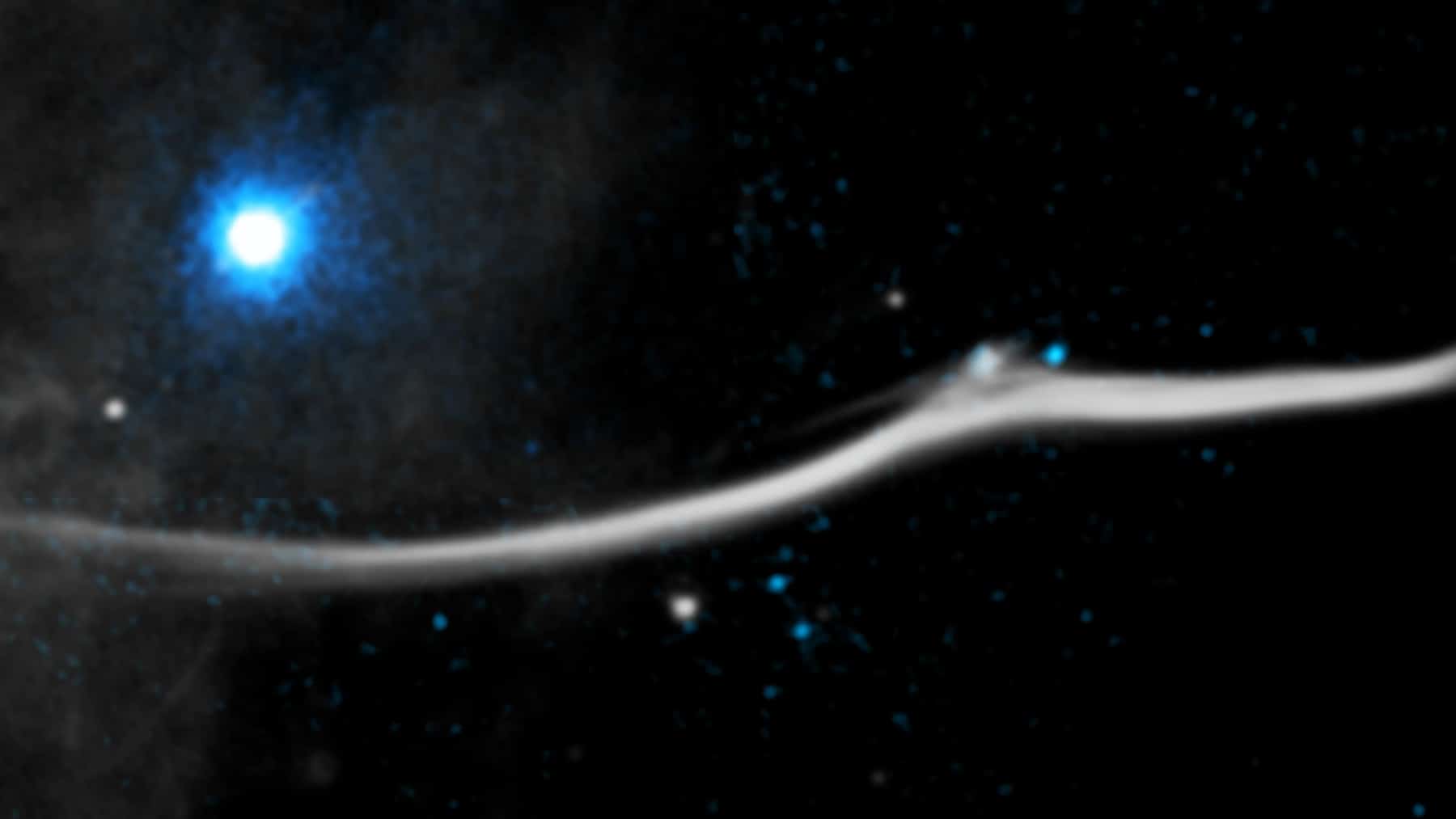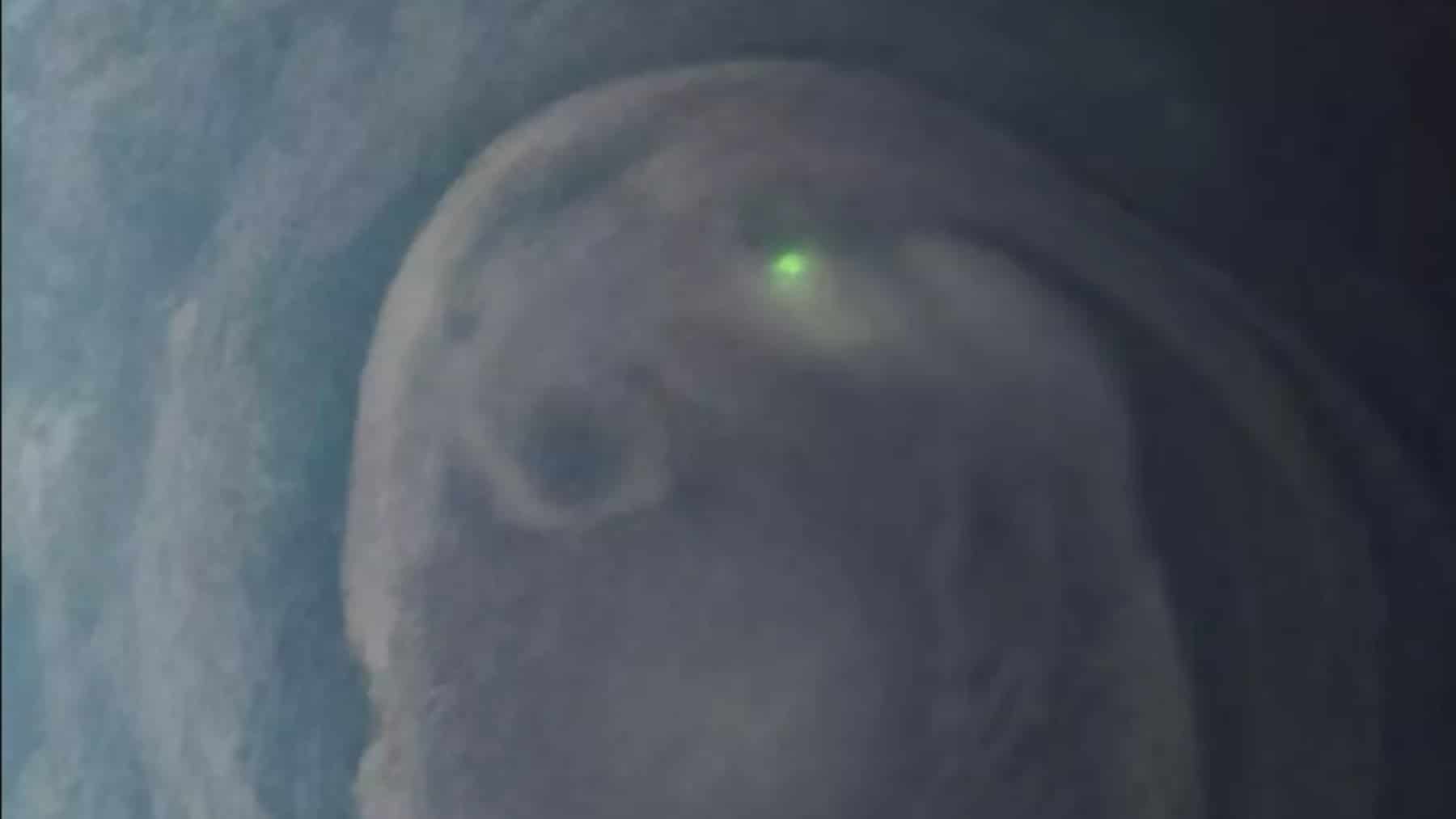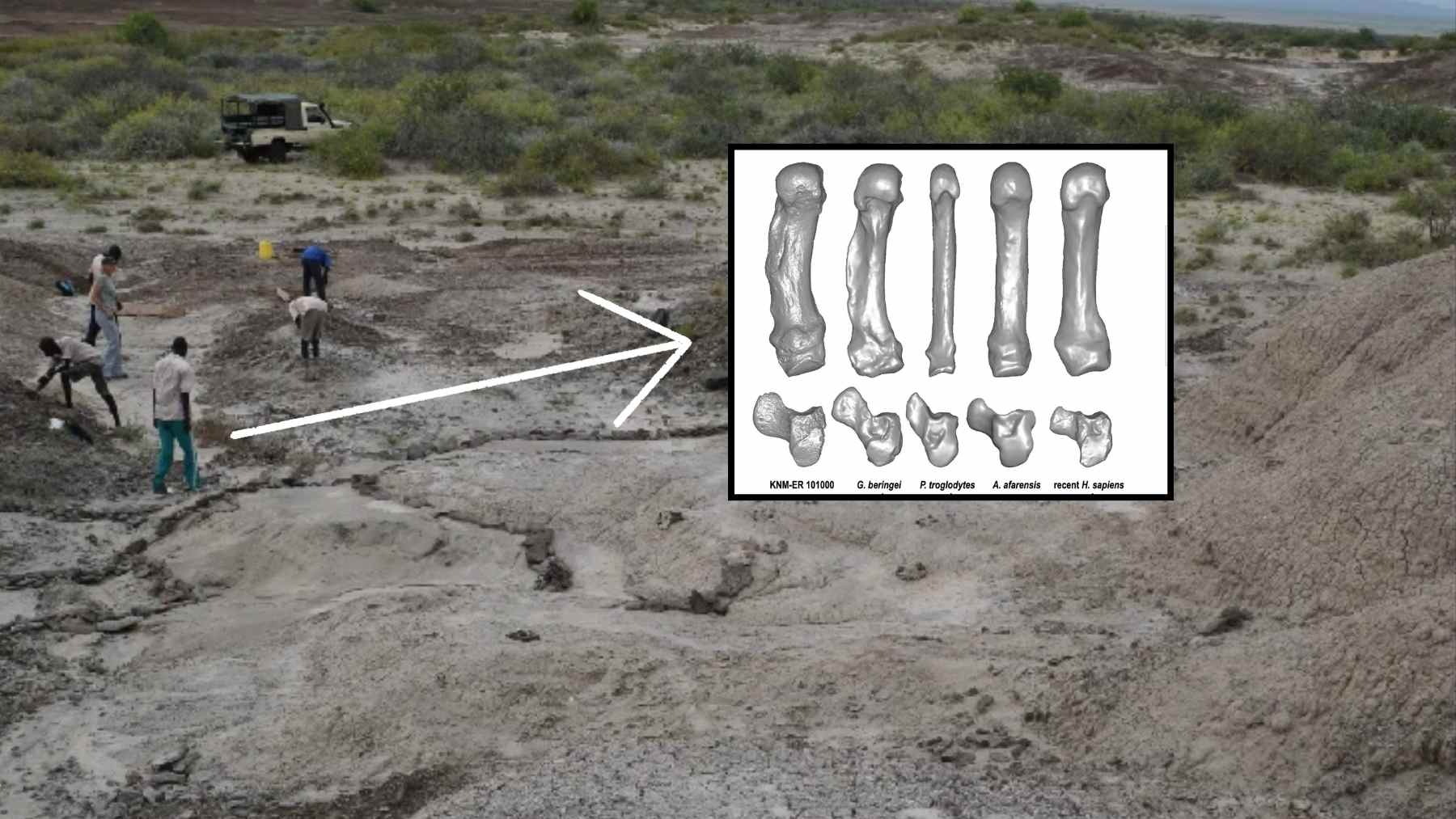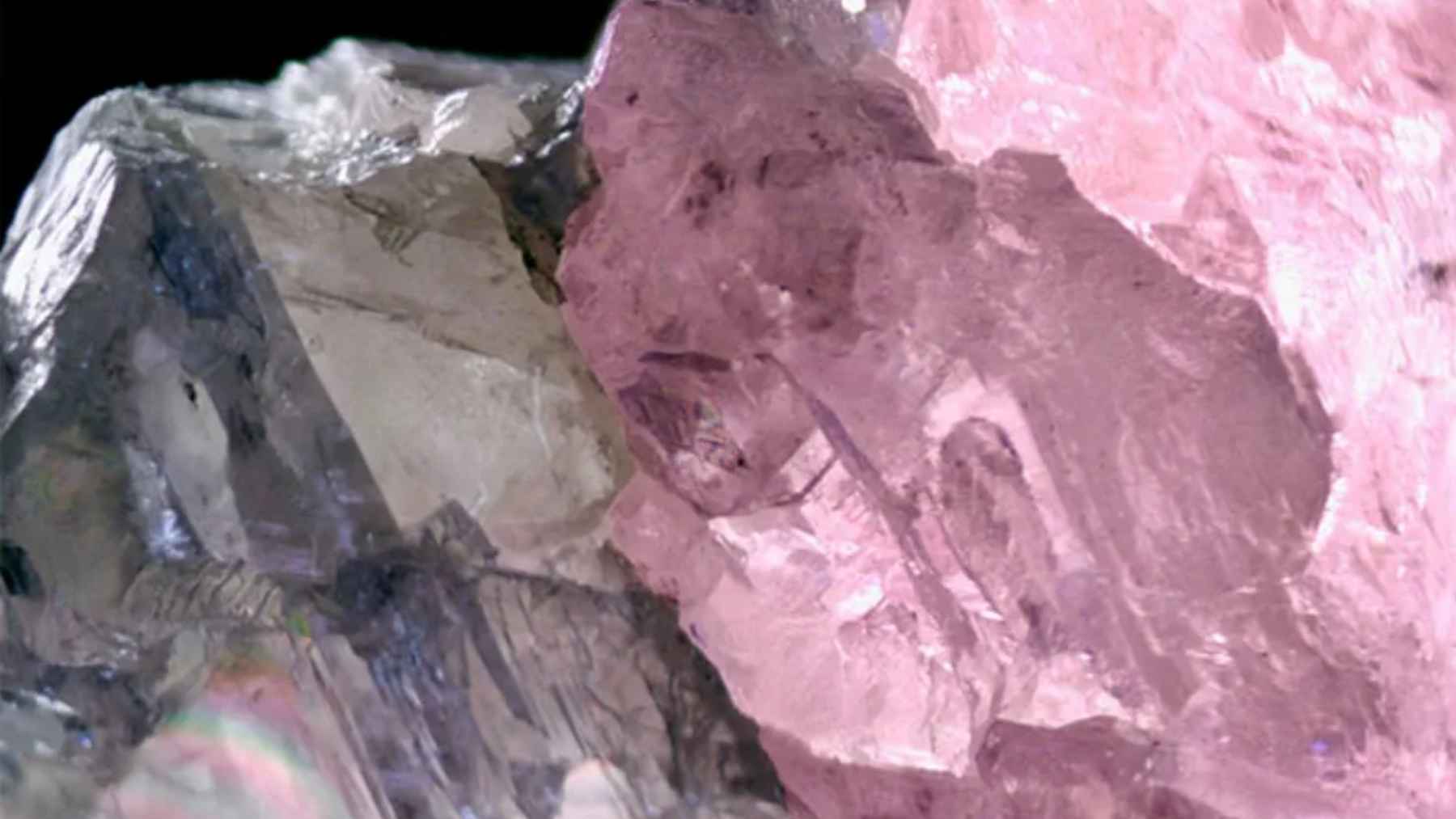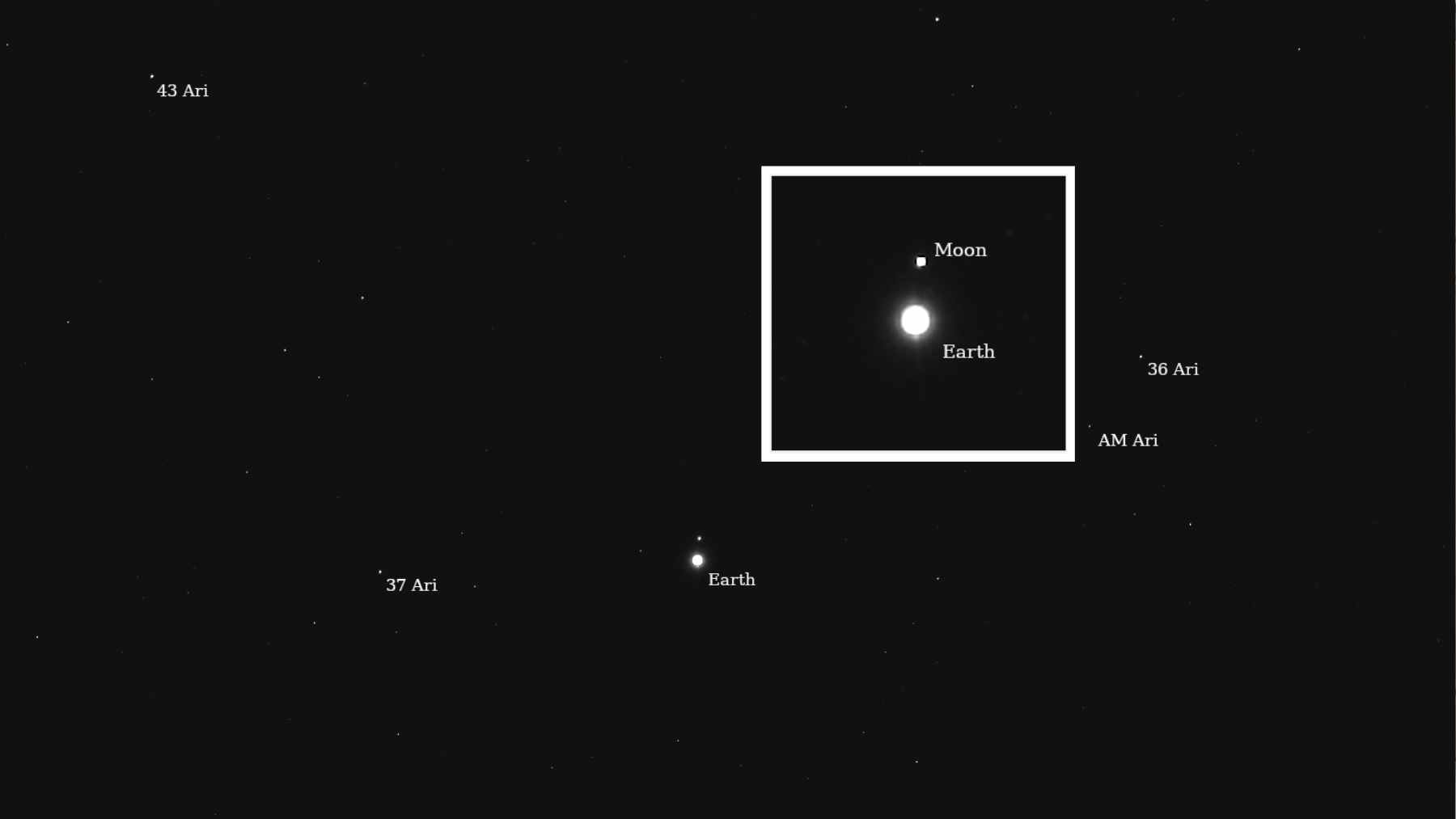You know, when you’re playing a sport and you end up getting hurt, you go to the hospital for tests, and you find out that you’ve fractured a bone? Well, apparently, it’s not just us humans who are subject to this type of situation. Recently, NASA discovered that the Milky Way is broken. How is that possible? Well, this broken part is 30 light years long, which means that a very powerful force did it.
How can the Milky Way be broken? Does she have bones by any chance?
Yes, we can say that the Milky Way has bones; they are called galactic bones. And are they bones like ours? Not quite… in fact, they are super long and narrow structures formed by high-energy particles that travel through the magnetic fields of the Milky Way. These “bones” can be hundreds of light years long, are invisible to our eyes, but emit radio waves, and that is where we can see them – through radio telescopes.
These galactic bones have helped us understand the internal architecture of the galaxy because they trace its spiral arms and dense core. One of the most surprising “bones” seen so far is G359.13142- 0.20005, nicknamed by scientists “the Serpent”, and it is very far from Earth, you know? About 26 thousand light years away.
And why was the Serpent the one that caught the most attention? Well, for two main reasons:
- It is one of the brightest structures ever recorded.
- It has a rather unusual fracture along its length.
How did they discover this fracture?
It may seem crazy, like something out of a movie, but they discovered this broken bone through X-ray images (we told you it was similar to the situation of hurting ourselves). The people who managed to make this discovery were the Chandra X-ray Observatory, which provided the X-ray images, and the MeerKAT and Very Large Array radio telescopes, which captured data in radio waves.
With this data in hand, the scientists were able to find a visible break in one point of the bone, it was more like a deformation that indicated some kind of collision (a collision wouldn’t be that surprising, since scientists have already observed that the Milky Way is in danger of collision because of these stars). Another revelation that scientists from Harvard found was a pulsar in this region.
And what does this pulsar have to do with it? Well, first of all, we need to remember that a pulsar is a neutron star that rotates at a very high speed and emits intense magnetic fields. In other words, the hypothesis here is that it may have hit this bone at speeds between 1.6 and 3.2 million km/h. Well, it wasn’t light at all, because even though the pulsar is a small object, its density and absurd speed more than make up for the damage done.
And what does this mean for us?
Well, it is important to say that this fracture in the Milky Way has no impact on us here on Earth, and we can go about our lives as normal. However, the same cannot be said for our field of astronomy. This discovery goes far beyond curiosity (after all, we don’t see broken bones in the Galaxy every day).
This news is seen as a reinforcement of the importance of magnetic fields as structuring (and primordial) elements of the galaxy and shows how they can be greatly affected by celestial bodies in extreme movement. And as if having broken bones weren’t enough, there are already other phenomena affecting the Milky Way and even “shaking” it. Experts already say that what is happening has never been seen before – we can only wait and see what happens, right?
